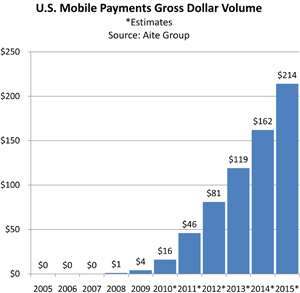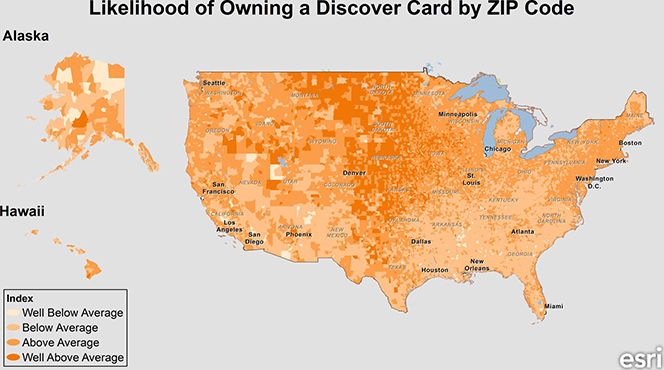RIM Fights Telecoms over Mobile Payment Customer Ownership

BlackBerry maker Research In Motion (RIM) is locked in a battle with Canadian and U.S. mobile carriers over where exactly a customer’s payment account information should be stored within a phone, we learn from The Wall Street Journal. Such data will be used in mobile payments transactions, once the Canadian smart phone manufacturer launches a near-field communication (NFC)-based type of m-payment service, which is planned for later this year.
The Dispute
The carriers, including AT&T and T-Mobile in the U.S. and Rogers Communications in Canada, insist that the credit card information and other sensitive data used in NFC-based mobile payments should be stored into the SIM card — a removable module containing information used by many carriers to identify subscribers on their mobile phones and computers.
The telecoms contend that, by storing the payment data on the SIM card, the user’s mobile payments account will not be locked to any particular phone. Whenever she feels like getting a new device, the user can simply remove the SIM card from the old phone, plug it into the new one and start using it for making payments, without having to make any other changes. Simple as that.
So what is it that RIM does not like about the SIM-card-storage idea? Well, rather a lot. If the SIM card were used as a storage device, the phone manufacturer would have absolutely no control over the mobile payments process. The customer’s mobile payments account would be owned by the carrier, just as her telephone account is. In other words, the phone manufacturer would remain a mere hardware provider, a role RIM is eager to expand on.
Types of NFC-Based Mobile Payments
Broadly speaking, there are two ways for NFC-based mobile payments to be processed:
- Direct billing. With this method, the transaction amount is added to the user’s monthly phone bill. In essence, the carrier would extend a credit line to its customer, much like what a credit card issuer does.
There are several issues with the direct billing approach. The first one is the credit limit. Unlike card issuers, carriers have so far been unwilling to extend credit lines bigger than $50 – $100 or so, which is hardly enough to convince consumers to make it their primary, or even a major, payment method. The second is that if the carriers decided to increase the limit to thousands of dollars, they would run into regulatory problems and for a good reason.
The already huge telecommunications companies would in fact become banks on nationwide scale and it is unlikely that this would go down well with legislators. And my guess is that anyway they would not want to become banks, even if they could. - Payment card-based. With this method, the mobile payments account is linked to a payment card (credit, debit or prepaid). Whenever a user waives her phone by an NFC-enabled reader to make a payment, her card account information would be transmitted and her credit line reduced by the transaction amount. It would very much resemble an e-commerce transaction, where the plastic card is never used, just the account information is. In this instance, the account is owned by the card issuer.
Who Should Own Your Mobile Payments Account?
 From a customer’s point of view, the fewer restrictions we have, the better. The idea of a phone manufacturer, or a network carrier for that matter, “owning” my mobile payments account, certainly strikes me as restrictive.
From a customer’s point of view, the fewer restrictions we have, the better. The idea of a phone manufacturer, or a network carrier for that matter, “owning” my mobile payments account, certainly strikes me as restrictive.
So I am much more comfortable with the second of the above approaches. Not because I love credit card companies or trust them all that much. Rather, in this case I would not have to deal with yet another financial company and the phone would become nothing more than an electronic version of an already existing credit card. Moreover, I can potentially get much more flexibility. Provided I am allowed to choose which card account to link to my m-payments service, I can select the one that gives me the biggest rewards.
But then carriers can team up with a payment processor and a bank (as in the case of Isis) to close the loop by creating a joint venture that does everything, including the issuance of the only credit card that can be used with the account. So I guess for now we’ll just have to wait until the dust settles and mobile payments services actually become available, so we can start making choices.
Image credit: Africaeagle.com.

